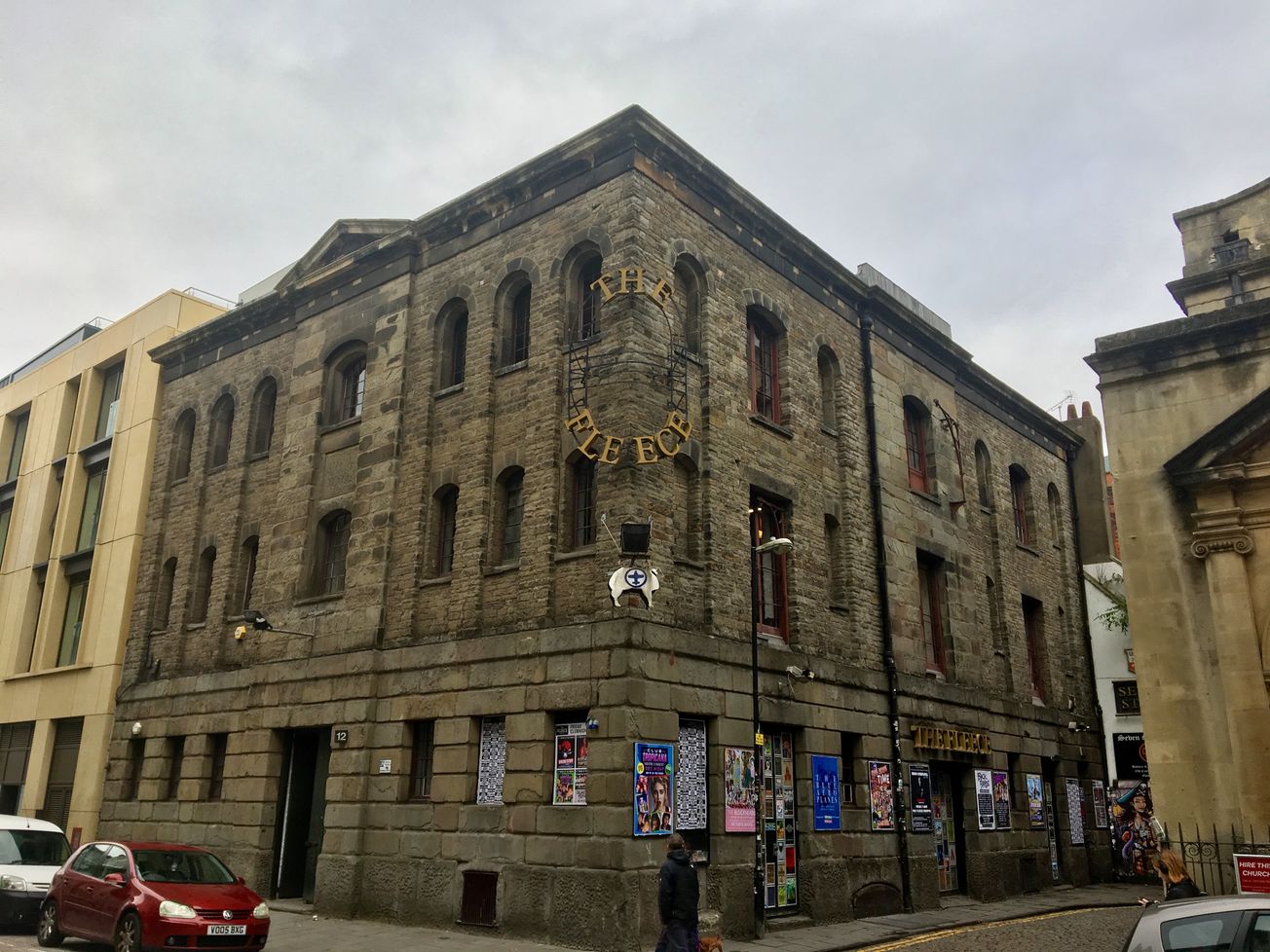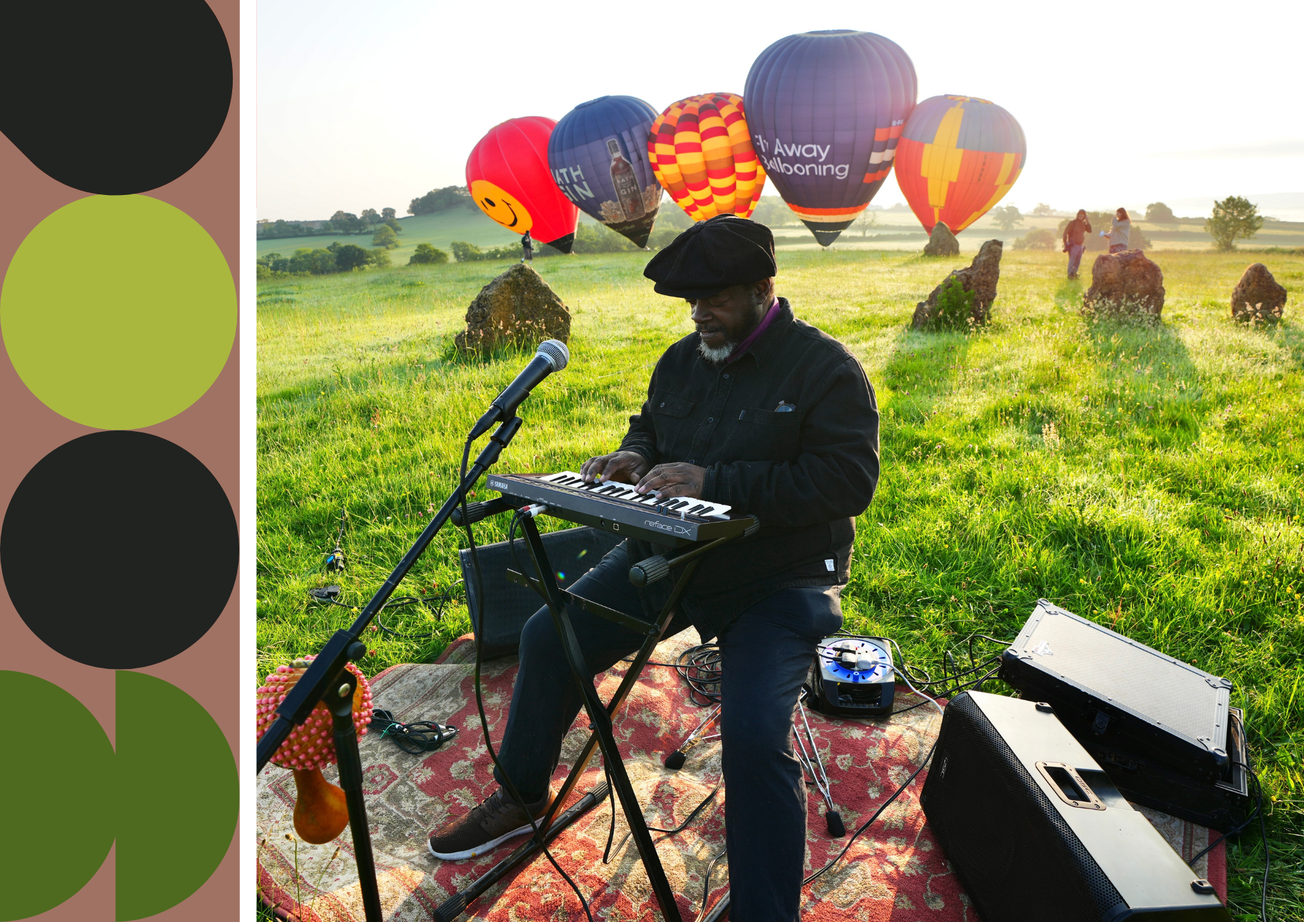By Joe Gorecki, Deputy Music Editor
In light of the cancellation of Bristol's city centre arena, Deputy Music Editor Joe Gorecki looks at the state of Bristol's live music venues in 2018
It was finally announced earlier this month that Bristol would not be getting its city centre arena. The venue was to be located on Arena Island, just behind Temple Meads. Cancelling the £156 million project, Bristol Mayor, Marvin Rees, slammed the planned arena as a ‘vanity project’.
Despite also saying he ‘remained committed to delivering an arena for Bristol’, the announcement is particularly disappointing to Bristol’s many music fans who will continue to have to travel to Birmingham or Cardiff, which is preparing to build its second arena, to see the biggest international acts perform.
For a city so steeped in its musical heritage, Bristol’s lack of an arena has become a bit of an oddity.
After such a bitter debate, which included interventions from Massive Attack’s Robert ‘3D’ Del Naja, it is worth remembering, however, that the success of the city’s music scene isn’t dependent on the success of the arena project.
You could even argue that an arena in the city has never been a great necessity due to the local scene’s sheer diversity and grassroots strength.
However, this diversity and grassroots strength is under threat. In the past year alone Bristol has seen the loss of two venues, the Star and Garter and the Bierkeller, the near closure of another, Thekla, due to proposed nearby housing developments, and a 404% increase in the business rates paid by the Fleece.
The Bristol scene is built on these small venues and as the city changes, it is these venues that are on the front line and the first to be affected.
One of the best parts of the M-Shed’s excellent recent Bristol Music exhibition was an area where inviting you to relive the clubs of Bristol’s past. After selecting a venue, the music that would have been heard in the club began playing, inviting you to dance while screens would come to light with photographs from these old venues with quotes from regulars.
These venues of the city’s recent history included the legendary Dug Out where in the 1980s the Wild Bunch, who would become Massive Attack, would play what would develop into the Bristol Sound. Here, you could also experience venues still going like Lakota and Motion.
This was not just a celebratory recreation of past clubs but it highlights the point that clubs and venues closing has been an entirely natural part of the city’s musical ecosystem. This has worked and allowed the city to continue to prosper as other venues have opened to fill in the gaps and provided the musical outlets.
As the number of luxury housing developments increases in the city and established venues become priced out, it is becoming increasingly unclear where Bristol’s new talent could emerge from.
The state of Bristol’s venues in 2018 is not all bad news: the scaffolding is now starting to come down on the Trinity Centre’s large scale refurbishment and work has now begun on the Colston Hall which will see it closed for two years while the interior of the hall totally rebuilt and a new performance space created in its Victorian cellars. The Exchange is also in the midst of a campaign to turn it into what would be Bristol’s first community-owned venue.
In this environment, we, as students, can play an important role too. We should continue to support Bristol’s local music scene not just by going to gigs but also by getting our flatmates interested too.
Don’t just stick to what you know, take a punt at one of the many gigs taking place every day: In what was in 2010 called the UK’s ‘most musical city’ you can’t really go wrong.
Featured image: Joe Gorecki/Epigram
Want to write a music feature for Epigram? Let us know.








